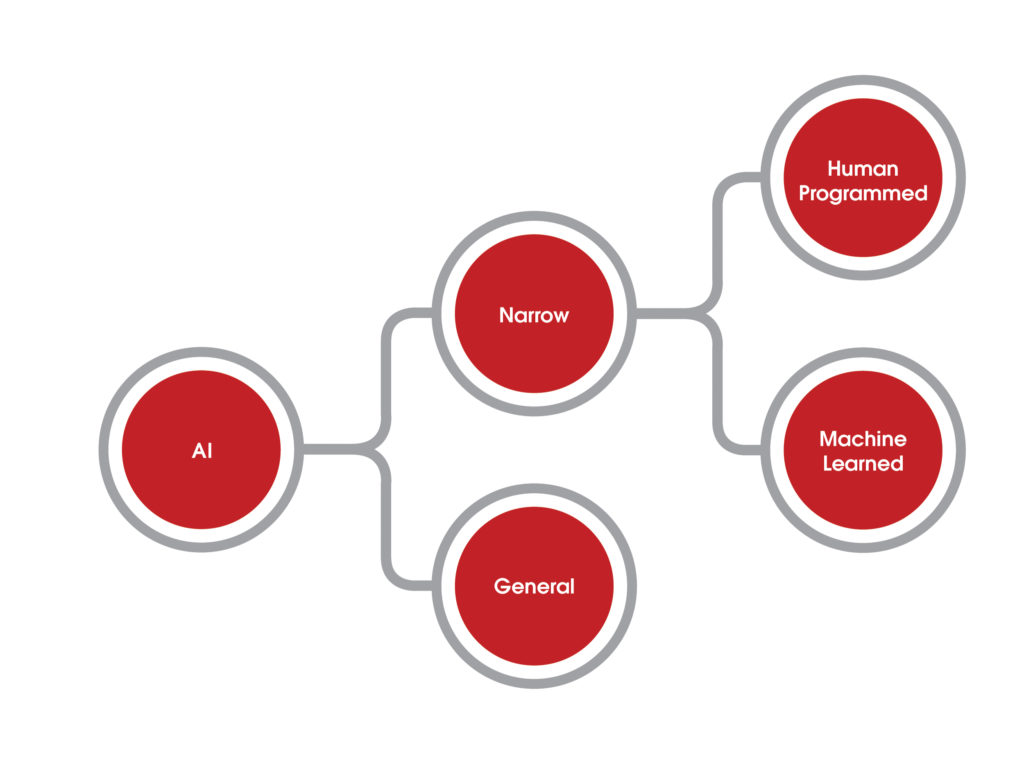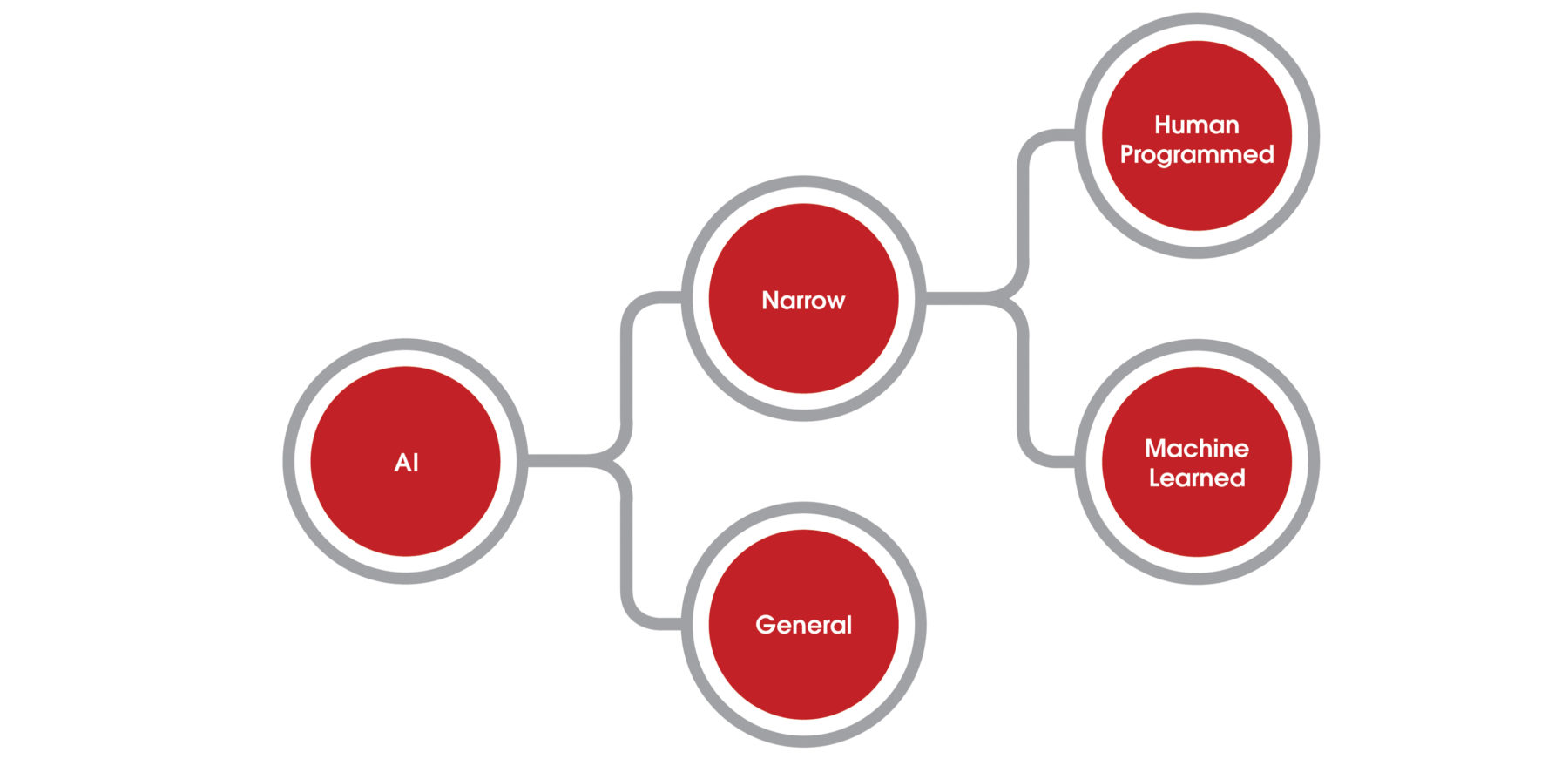In 1949, economist Benjamin Graham published The Intelligent Investor, which elevated the concept of making informed investment decisions in a complex marketplace where hype often prevails over substance. He recommended prudence rather than gambling on the next big idea.
Since Graham’s time, technology has transformed the informatics business landscape with the emergence of inexpensive computing platforms and social media, the expansion of the Internet and handheld devices, and the commoditization of information. In biopharmaceutical marketing, it comes down to unlocking the value in this vast interconnected network.
The stakes have never been higher when it comes to finding ways to use this information in support of patient care, building shareholder value, and expanding market share.
More recently, the advent of inexpensive artificial intelligence (AI) platforms has offered the prospect, if not the necessity in a highly competitive landscape, of partnering in business collaborations to understand this flood of information. Faced with the certainty that one must get involved in the AI marketplace, how does one proceed to assess potential business partners, find value, and avoid hype?
Before investing in a solution, one must understand what AI actually is and what an experienced provider of AI can offer beyond access to the technology.
Understanding AI Types and the Marketplace
AI is a broad, rapidly changing field of research, yet the kind of product you’ll likely need to focus on represents a specific subset of AI. The definition of AI is “the capability of a machine to imitate intelligent human behavior.”1 At a broad level, there are two different types of AI: General and narrow (See Figure 1).

Two Main Types of AI
- General AI doesn’t exist yet; narrow AI is the only product in the marketplace today. Within narrow AI, intelligence is either programmed by human beings or learned. The latter, known as machine learning, is the modern rendition of narrow AI prevalent in today’s marketplace.
- Narrow AI: “Machine intelligence that equals or exceeds human intelligence for specific tasks.”2
Programmed vs. Learned AI
- Narrow human programmed: A good example is Deep Blue®,3 where the human behavior is playing chess, and intelligence is designed by humans, rather than acquired through experience.
- Narrow machine learned: A good example is the wide spectrum of computer algorithms that have no capabilities prior to being exposed to data, but develop capabilities afterwards.
Machines learn from examples. Assume we have two populations of patients with different diseases. While it would be onerous for humans to look for differences between these populations, machine learning finds these patterns rapidly. However, machine learning depends on human creativity to be successful. High-value consultants support essential activities required before, during, and after machine learning.
An effective strategy does not amount to using the latest machine learning algorithm. No single approach works well all the time. Machine learning is one tool among many used during strategic solution design with an experienced business partner who can match marketing goals and provide AI solutions.
The Differentiator Is Human Talent
Knowledgeable, experienced human talent is needed to produce the best solutions. While a subset of machine-learning algorithms holds promise and more powerful learning agents may eventually need less human support,4 human input is still required. Knowing what to predict and how to transform data to bring out latent information prior to machine learning requires human talent.
Failing to partner with an effective AI company can leave you at a strategic and tactical disadvantage. No single machine-learning event is usually sufficient to solve a problem. What is typically required is a complex layering up of machine-learning solutions that are formulated in different ways and selected to work in concert. Human experts are critical when developing these complex ensemble solutions.
Finally, hybrid approaches not obvious to less experienced AI providers can make or break a project. For example, combining AI that finds difficult-to-diagnose patients with network influence-mapping AI has synergy. Simultaneously, influencing diagnosis and treatment is preferable to just influencing diagnosis and leaving brand to chance.
Questions to Ask When Purchasing a Solution
It’s important to identify the right consulting partner who can address the unique challenges your brand faces. Some good questions to ask your AI consulting partner include:
Q: Does every problem need an AI solution? Is there a simpler, less expensive approach to getting what we need?
A: No. Sometimes a simple database query with descriptive statistics will suffice.
Q: How will an AI business partner address our problem, and what are the merits of the proposed solution?
A: Consulting partners should demonstrate problem statement, data, and AI domain knowledge. They should then work with you to decide on an approach to fit your budget and timeline.
Q: Should we consider building our own solutions?
A: Building your own machine-learning solution is a substantial undertaking. Cost, access, storage, and data curation are hurdles. An experienced AI business partner can provide end-to-end solutions that involve post-analytic strategies to leverage the results.
In conclusion, being an intelligent AI consumer should be the goal of all biopharmaceutical marketers. Asking AI business partners the right questions and thinking about the value that would be added by the partner organization beyond the technology being offered is prudent. Look for an end-to-end solution that will deliver actionable insights, optimize strategic applications and, ultimately, maximize commercial impact in the market.
*All product names, trademarks, and registered trademarks are property of their respective owners.
References:
1. Artificial intelligence. Merriam-Webster Web site. https://www.merriam-webster.com/dictionary/artificial%20intelligence. Accessed October 19, 2018.
2. Kurzweil R. “On My Mind: Long Live AI.” Forbes. August 15, 2005. Forbes Website. https://www.forbes.com/home/free_forbes/2005/0815/030.html. Accessed October 19, 2018.
3. Deep Blue. IBM Web site. http://www-03.ibm.com/ibm/history/ibm100/us/en/icons/deepblue. Accessed October 19, 2018.
4. Schmidhuber J. “Deep Learning in Neural Networks: An Overview.” Neural Netw. 2015;61:85-117. doi:10.1016/j.neunet.2014.09.003.








